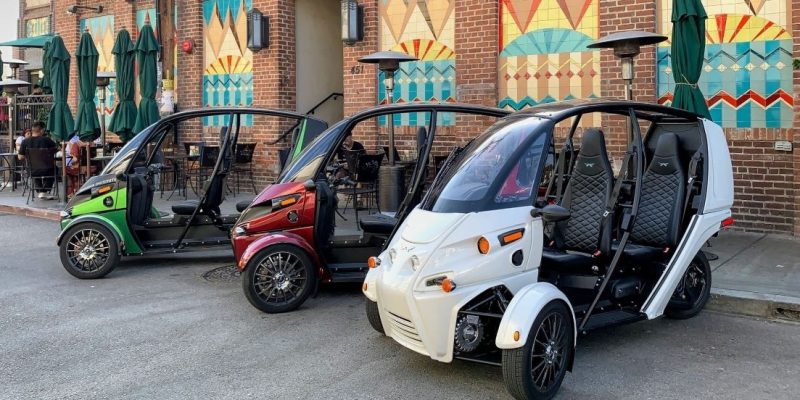People will move around a lot less and require a very different mix of mobility solutions post pandemic.
That’s the view of Mark Frohnmayer, CEO and founder, of the micro-mobility company Arcimoto who believes the huge shift in working lives since the coronavirus outbreak is here to stay for many. Lockdowns around the world has seen cars remain unused on driveways and out in the streets while people adopt different mobility choices to better suit their new reality.
Speaking to TU-Automotive, Frohnmayer said: “The way that we are communicating right now [through Microsoft Teams] is technology that has been evolving for 25 years or so. Yet this method of communication was resisted for many years by the notion that you have to have the in person, face-to-face meeting, with the beer, with the beverage.
“So people would travel hundreds or thousands of miles for a single meeting. I think that travel pattern will see a permanent change. It didn’t make sense before the pandemic and it clearly doesn’t make sense during the pandemic and, afterwards once everyone has gotten over activation threshold to install the app of the phone or the computer, then there will be no going back.”
He sees this having a direct impact on the sort of transport people will find themselves using in future. Frohnmayer explained: “People are figuring out ways to work effectively remotely because they have to. At Arcimoto we have to work out how to have a productive team with everyone working remotely.
“The mix of systems we need to put in place, the mix of software, the mix of daily meetings, just to make sure the whole team is moving together in the right direction from their homes. Also a lot of us like it and, actually, finding we can be more productive while still getting more time with our families, our dogs or whatever.
Move away from distance travel
“Both of those shifts really point towards people thinking ‘If I’m not driving a long distance commute every day or flying across the country for a business meeting, what sort of transportation am I actually using?’ For me, this means a shift to much more of an emphasis on the local space – my community. I’m still going across town to have a beverage with a buddy; I’m still going to the grocery store; I’m still going out to a farm to pick blueberries.
“I think this will favor small, task-oriented vehicles whether you’re talking about our vehicle, or electric scooters, or bicycles. So to me this mind shift will be a real accelerant for the right-sized footprint of mobility.”
Arcimoto’s solution is a three-wheeled cross between a motorcycle and a beach buggy, running an electric powertrain claiming a range of just over 100 miles between charges and a top speed of 75mph. Naturally, it will face most of its competition from e-scooters, e-bikes and even pedal cycles as the shifting pattern of mobility sees people remain closer to their communities than pre-pandemic levels.
Yet, e-mobility still faces huge challenges in the urban environment with a lack of charging infrastructure to persuade people out of fossil-fueled transportation. Frohnmayer thinks it’s here that city regulators must get involved if they want to see cleaner urban air. He said: “One of the things that cities really should be driving at is universal charging for micro-mobility devices. So that anyone that is operating on those streets, gets the same charging interface. Then the city can put up docking places, whether its on bus racks or on its dedicated parking zones for those devices, then you won’t have the problem that they have now which is a bunch of half charged vehicles scattered all over the place.
“This is a good way for a city to not impose a single solution but to say whatever vehicles that are out there have to adhere to this standard so that they can all charge in an interoperating way. It would let everyone compete on a level playing field and would get all the scooters and bikes off the sidewalk.”
— Paul Myles is a seasoned automotive journalist based in London. Follow him on Twitter @Paulmyles_
Source: https://www.tu-auto.com
CUT COTS OF THE FLEET WITH OUR AUDIT PROGRAM
The audit is a key tool to know the overall status and provide the analysis, the assessment, the advice, the suggestions and the actions to take in order to cut costs and increase the efficiency and efficacy of the fleet. We propose the following fleet management audit.




